Brick by brick, we construct our dreams, but with the world’s environmental challenges, it’s time to build smarter. In the ring, we have two heavy-weight contenders: clay bricks and fly ash bricks, both vying for the title of the ultimate sustainable building material. In this epic showdown, we’ll uncover their hidden strengths, analyze their eco-credentials, and determine which brick reigns supreme in the battle for a greener future. Get ready for a clash of innovation and sustainability as we witness the face-off between Clay Bricks and fly ash bricks. Let the showdown begin!
Post your Requirement
Clay Bricks: Timeless Tradition Meets Natural Strength
For centuries, clay bricks have been the cornerstone of construction due to their inherent strength and durability. Made from clay, a natural and abundant resource, clay bricks have stood the test of time with their timeless appeal and resilience. The production of clay bricks involves shaping the clay into molds and firing them in kilns at high temperatures, creating solid and sturdy building blocks.
The advantages of clay bricks are manifold. Their natural composition ensures excellent thermal insulation properties, promoting energy efficiency in buildings. Clay bricks are known for their fire resistance, ability to regulate humidity levels, and acoustic insulation, making them a reliable choice for creating comfortable living spaces.
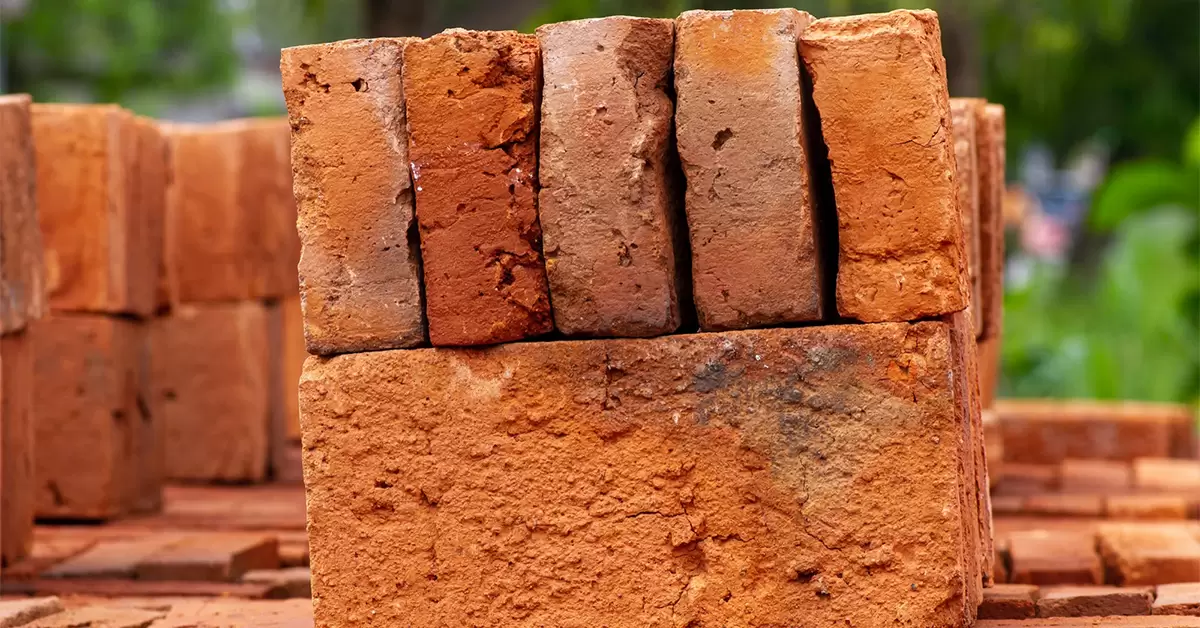
Fly Ash Bricks: Redefining Sustainability in Construction
As environmental concerns escalate, fly ash bricks have emerged as a greener alternative to traditional clay bricks. Fly ash, a byproduct of coal combustion in power plants is utilized as a key ingredient in the manufacturing process of these bricks. By diverting fly ash from landfills and incorporating it into construction materials, fly ash bricks offer a sustainable solution to waste management.
The production of fly ash bricks involves mixing fly ash, cement, sand, and water, followed by compaction and curing. This process eliminates the need for clay extraction, reducing soil erosion and preserving valuable land resources. Fly ash bricks also exhibit impressive strength and durability, making them suitable for a wide range of construction applications.
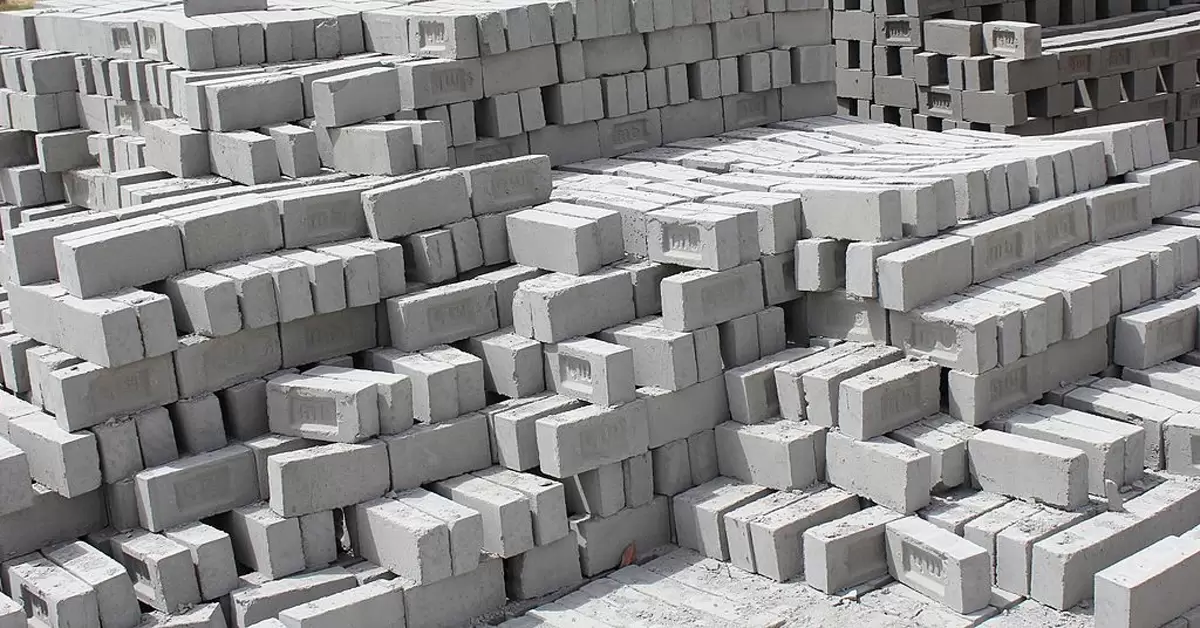
Difference Between Clay Bricks and Fly Ash Bricks
-
Raw Material:
Clay bricks are made from natural clay obtained through clay mining, whereas fly ash bricks incorporate fly ash, a byproduct of coal combustion in thermal power plants, along with cement, sand, and water. This distinction in raw materials reflects the different environmental implications and availability of resources.
-
Manufacturing Process:
Clay bricks are formed by shaping the clay into molds and firing them in kilns at high temperatures, resulting in a solid and durable product. Fly ash bricks, on the other hand, are produced by mixing fly ash, cement, sand, and water, followed by compaction and curing. The manufacturing process of fly ash bricks requires less energy and does not involve the firing process, contributing to lower carbon emissions.
-
Strength and Durability:
Clay bricks have long been known for their strength and durability, withstanding the test of time in various climates and applications. Fly ash bricks, although not as widely used historically, exhibit similar strength characteristics and durability, making them suitable for construction purposes.
-
Thermal Insulation:
Clay bricks have excellent thermal insulation properties, helping to maintain comfortable indoor temperatures and reduce energy consumption for heating and cooling. Fly ash bricks also offer good thermal insulation; however, they may have slightly lower thermal conductivity compared to clay bricks.
-
Environmental Impact:
Clay brick production involves clay excavation, which can lead to land degradation and habitat loss. Additionally, the firing process in kilns consumes significant amounts of energy and emits greenhouse gasses. In contrast, fly ash bricks address environmental concerns by utilizing a waste material (fly ash) and reducing the demand for clay excavation. Fly ash bricks also require less energy during production, resulting in lower carbon emissions.
-
Cost and Availability:
Clay bricks have a long-established market presence and are widely available. The cost of clay bricks can vary based on factors such as quality, size, and region. Fly ash bricks are gaining popularity due to their eco-friendly attributes, and their availability and cost may vary based on their proximity to thermal power plants producing fly ash.
Suggested Read: Advantages and Disadvantages of Fly ash in Concrete
It’s important to note that the suitability of clay bricks or fly ash bricks for a particular project depends on factors such as local regulations, project requirements, environmental considerations, and the availability of materials. Evaluating these factors is crucial to making an informed decision regarding the choice of brick type for sustainable construction.
Conclusion:
In the quest for sustainable construction materials, clay bricks and fly ash bricks emerge as two contenders. Clay bricks embody tradition, strength, and aesthetic appeal, while fly ash bricks redefine sustainability by utilizing a waste byproduct and minimizing environmental impact. Both brick types have their merits and considerations, necessitating a thoughtful approach based on project requirements and environmental priorities.
As we navigate the evolving landscape of construction, let us embrace the sustainable path, making conscientious choices that build a better world, brick by brick.

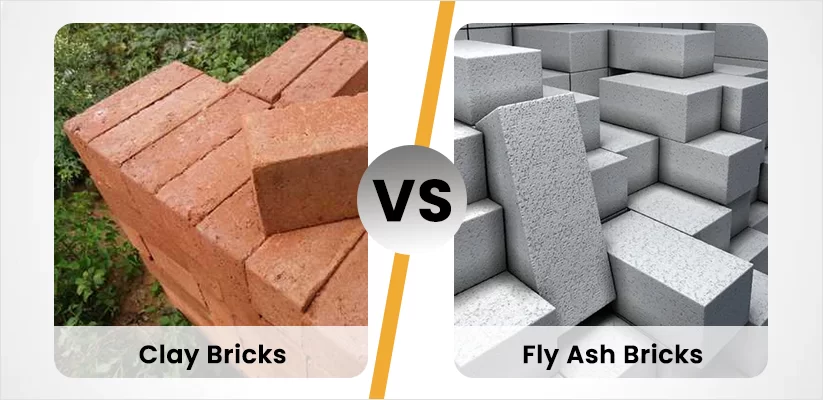

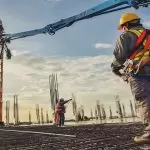
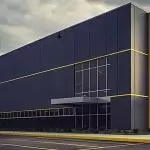
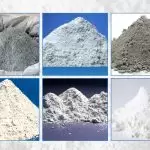

















Post A Comment